German author of Customer Experience: leicht gemacht and brand strategist Andrea Yildiz talks about how mid-sized and small businesses can excel in customer experience with the right strategy and technology partners.
In Germany, Austria, and Switzerland alone, there are about 2.7 million small businesses. They represent a significant part of the economy, not necessarily in sales volume but in their sheer number.
“Obviously, technology partners are not very keen on having too many free account users. However, they realise that every little step to create more awareness for CX amongst all sorts of businesses will eventually help all CX providers to grow. Building trust from the beginning when providing technology to small businesses will be rewarded once those businesses grow,” says Andrea Yildiz, an author and a brand strategist.
She emphasises the importance of creating a kinder global economy. A technology company can send a powerful message by stating, “We are not too sophisticated to work with even the smallest businesses.”
Leaving the corporate world (Daimler, Emirates) to start her own business in 2012. Andrea became a brand strategist. She works with small and medium-sized business owners, focusing on rebranding processes, including corporate design, brand voice, and especially customer experience.
Andrea noticed that many small businesses lack a clear understanding of their role in their customers’ lives and often confuse CX with customer service or UX. To address this, she wrote a practical guide book for solopreneurs and small business owners, offering step-by-step instructions, worksheets, interviews, and tips on implementing CXM.
Talking to CXM Today, Andrea paints a detailed picture of how small and mid-sized businesses have the ability to be the masters of CX with the right strategy and technology partners. She also talks about how German customer expectations have changed through the years.
Excerpts from the interview:
How has German customer expectations changed, and how has it impacted the industry?
Just as probably many other European customers, Germans have experienced a massive change in service expectations, new technologies, omnichannel experiences, companies’ commitments for sustainability and transparent processes. Traditionally, Germans didn’t mind queueing or waiting as much as other nationalities, for example. But once we got used to a new convenience, we embraced it just the same as everybody else. Bad CX is shared and talked about amongst friends, family and in social media. We don’t always tell the company, we rather just walk away and never come back again.
We are famous for our love for efficiency. So companies that offer efficient business workflows are the winners. Hence, when it comes to digitalisation, Germans feel left behind in comparison to the rest of the world. We think, “if our government is slow in digitalisation issues, at least the companies should deliver it.” Since we love travelling, we encounter many countries with great digitalisation and have a good sense of what could be feasible for companies in Germany.
Personalisation is another aspect that Germans haven’t appreciated for a long time. Nobody would expect their waiter to introduce themselves by name or even write the customer’s name on their coffee cup. But that has changed during the last few years. For example, I have been buying my bread at the same bakery for the last 30 years and they have never even once used my name to greet me. I used to never mind it, but eventually I’ve realised that it makes me feel unnoticed and not valued as a customer. So expectations start rising, as other companies boost their CX and use personalisation for it.
When COVID’19 hit the world and we all felt quite lost, the only right thing to do as a company was to stand by their customers’ sides and lend a helping hand when possible. Those companies didn’t experience the same decrease in sales as others that were more focused on their own processes instead of asking themselves how can I help my customers best under these new circumstances? In this crisis, they earned and reinforced the customer’s trust.
Customers noticed these efforts very clearly and realised that some companies just seem to care more than others. They didn’t forget how they have been treated and they compare these experiences even amongst different industries – which, of course, isn’t always fair. Companies created new pick-up points, extra delivery choices and really creative solutions to further serve their customers. Thereby they have set new service standards, not only for their own industries but especially in the eyes of their customers.
Yesterday’s extra mile has become today’s standard.
How does the lack of awareness and understanding of CX among small businesses impact their competitiveness in the market?
CX has become one of the biggest USPs for companies. So many small businesses deliver great products or services for reasonable prices and still struggle to survive in the market. Chances are, they deliver a lousy CX. Oftentimes, this happens without bad intention but rather due to a lack of knowledge about the power of a great CX.
What frustrates me even more is the fact that very often, CX could be enhanced with the tiniest process changes and financial efforts: Just a missing piece of information given at the right moment within the customer journey can make a huge difference. Or a business owner’s ability to change perspective and walk in their customers’ shoes in certain situations. Small business owners are too preoccupied with their daily chores in order to zoom out and take on a bird’s eye perspective of their business in order to realise what could make their customers’ lives easier.
Small business owners have so many advantages over big companies, when it comes to CX.
I found they are usually
• flexible and quick decision-makers
• strong implementers and converters
• oftentimes very creative and emotionally intelligent
• very empathetic people by nature
They have
• a deep knowledge about their long-time regular customers
• no obstacles within their company structure (no C-suite to convince, no competing departments)
- a manageable number of customer touchpoints
Small businesses are actually fitted to be CX-champions, if they only knew about how to learn it.
What are the economic implications of neglecting CX improvements for small businesses, both in terms of customer retention and attracting new business?
As in any business discipline, standing still is never a good idea. Customers will always return to those businesses that made them feel best and fully met their expectations. And they are willing to pay more for a better CX. Once a small business owner decides for a customer-centric culture, it’s basically implemented! No board meetings, no stakeholders to persuade, no compliances to be met – how cool is that?
So get your team, tell them about your new focus, create a customer promise together, that they are happy to meet and delete all your structures and processes that stand in the way of a great CX. Make sure your team has a great experience when working in your company, too (EX = Employee Experience). Your CX can only be as good as your EX.
I like to emphasise that a company’s success will always happen via their customers’ and employees’ success. Once we understand that, we cannot un-think it.
How can technology partners tailor their solutions to meet the specific needs and budget constraints of small businesses?
I asked myself the same question when I wrote the book. In part 2, I cover the nitty gritty of CX implementation for small businesses. They too need to collect and analyse customer data but they don’t have the manpower or budget to make it a top priority in their businesses. Clearly, high-end software such as a comprehensive VOC-program is not suitable for small businesses.
I have found some very good tools (most of them even free when used in a small scope) that are even GDPR-conform. This topic is always a big issue in Europe and not always easy to address for small businesses. So these technology partners have already made the first step for small businesses to give them free access to their basic tools that they can easily understand. Once their business grows, these platforms can stay along their side and provide more enhanced and varied options for them. In my book I provide links to a choice of easy tools and have included templates for customer surveys, customer journey mapping and more.
Technology partners should help small businesses with free trials and demos, flexible pricing models, modular options to customise the scope according to their needs and budget. They could enable them by sending helpful newsletters for CX-beginners or provide a community to exchange experiences.
My advice to small business owners however is not to spend too much time mastering tools and statistics but rather spend more time with their customers, whenever possible.
How can technology partners benefit from helping small businesses?
In Germany, Austria and Switzerland alone, we have about 2.7 million small businesses – they represent a significant part of our economy. Maybe not primarily in their sales volumes but in their sheer number.
Obviously, technology partners are not very keen on having too many free account users. I have talked about that with some of them. However, they realise that every little step to create more awareness for CX amongst all sorts of businesses will eventually help all CX providers to grow. Building trust from the beginning when providing technology to small businesses will be rewarded once those businesses grow. Their feedback differs from that of big companies and might give different insights for new perspectives and innovations.
Let me stress the importance of starting to create a kinder economy all over the world. What a great message a technology company will send out into the market, stating “we are not too sophisticated to work even with the smallest.”
Also Read: Are Your CX Metrics Tied to Business Goals?
Imagine if you had the power to innovate a cost-effective tool or metric to help small businesses manage customer demands, what would it be?
Remember the movie “What women want” with Mel Gibson? I would love to read our customers’ minds at each and every touchpoint. I wish we could hear what they really think of their CX with us.
If I could wish for a new metric, it would be a smile-o-metre. Measuring how big our increase in customers’ smiles was in the last six months is a very satisfying idea for me. In the end, a smile is a very strong connection between two people.







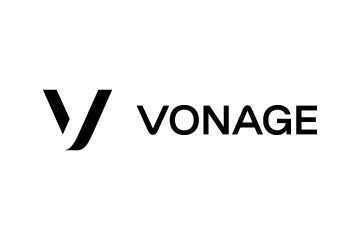
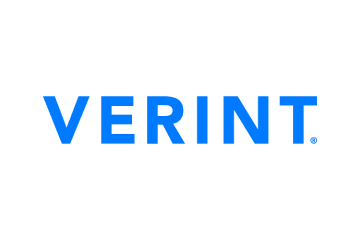
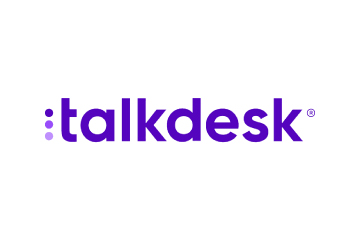

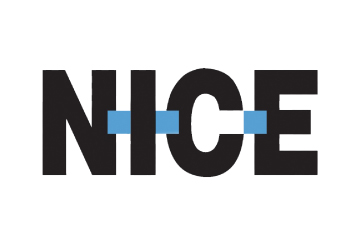


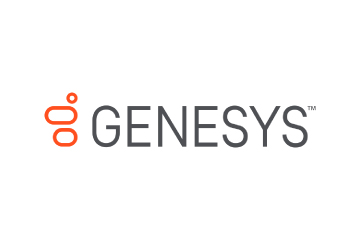
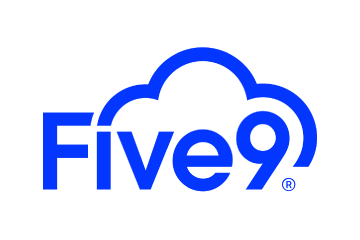


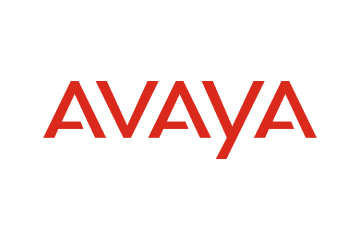
 Amplitude is a product analytics platform, enabling businesses to track visitors with the help of collaborative analytics. The platform leverages the capabilities of
Amplitude is a product analytics platform, enabling businesses to track visitors with the help of collaborative analytics. The platform leverages the capabilities of 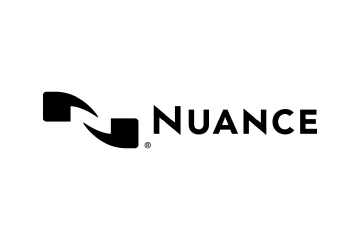

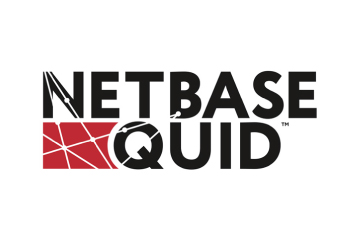
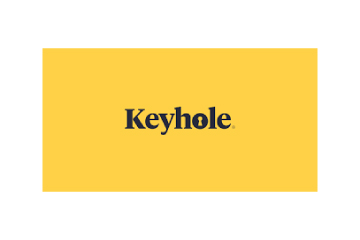
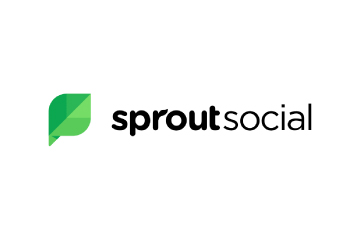
 Zoho Social, a part of Zoho’s suite of 50+ products, is a comprehensive social media management platform for businesses and agencies. The Zoho Social dashboard includes a robust set of features, such as Publishing Calendar, Bulk Scheduler, and Approval Management to offer businesses all the essential social media publishing tools. Its monitoring tools help enterprises track and respond to relevant social conversations.
Zoho Social, a part of Zoho’s suite of 50+ products, is a comprehensive social media management platform for businesses and agencies. The Zoho Social dashboard includes a robust set of features, such as Publishing Calendar, Bulk Scheduler, and Approval Management to offer businesses all the essential social media publishing tools. Its monitoring tools help enterprises track and respond to relevant social conversations.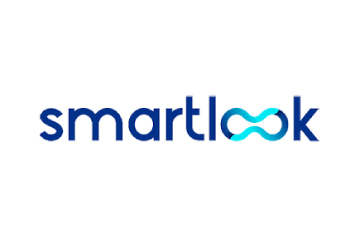

 Microsoft Dynamics 365 represents a robust cloud-based CRM solution with features such as pipeline assessment, relationship analytics, and conversational intelligence. It utilises AI-powered insights to provide actionable intelligence via predictive analytics, lead scoring, sentiment analysis, etc. Currently, Microsoft operates in 190 countries and is made up of more than 220,000 employees worldwide.
Microsoft Dynamics 365 represents a robust cloud-based CRM solution with features such as pipeline assessment, relationship analytics, and conversational intelligence. It utilises AI-powered insights to provide actionable intelligence via predictive analytics, lead scoring, sentiment analysis, etc. Currently, Microsoft operates in 190 countries and is made up of more than 220,000 employees worldwide.
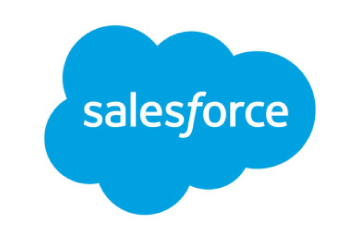
 HubSpot is an inbound marketing, sales, and customer service software provider, offering robust CRM and automation solutions. Some of its products include Marketing Hub, Sales Hub, Operations Hub, Content Hub, Commerce Hub, Marketing Analytics and Dashboard Software. Guided by its inbound methodology, HubSpot enables companies to prioritise innovation and customer success.
HubSpot is an inbound marketing, sales, and customer service software provider, offering robust CRM and automation solutions. Some of its products include Marketing Hub, Sales Hub, Operations Hub, Content Hub, Commerce Hub, Marketing Analytics and Dashboard Software. Guided by its inbound methodology, HubSpot enables companies to prioritise innovation and customer success.
 Monday.com is a project management software company, offering a cloud-based platform that enables businesses
Monday.com is a project management software company, offering a cloud-based platform that enables businesses 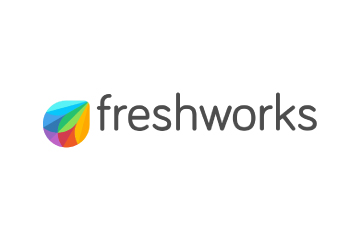 Headquartered in San Mateo, California, Freshworks is a global AI-powered business software provider. Its tech stack includes a scalable and comprehensive suite for IT, customer support, sales, and marketing teams, ensuring value for immediate business impact. Its product portfolio includes Customer Service Suite, Freshdesk, Freshchat, Freshcaller, Freshsuccess, and Freshservice. Freshservice for Business Teams has helped several global organisations to enhance their operational efficiency.
Headquartered in San Mateo, California, Freshworks is a global AI-powered business software provider. Its tech stack includes a scalable and comprehensive suite for IT, customer support, sales, and marketing teams, ensuring value for immediate business impact. Its product portfolio includes Customer Service Suite, Freshdesk, Freshchat, Freshcaller, Freshsuccess, and Freshservice. Freshservice for Business Teams has helped several global organisations to enhance their operational efficiency.
 Talkdesk offers an innovative AI-powered customer-centric tech stack to its global partners. The company provides generative AI integrations, delivering industry-specific solutions to its customers. Talkdesk CX Cloud and Industry Experience Clouds utilise modern machine learning and language models to enhance contact centre efficiency and client satisfaction.
Talkdesk offers an innovative AI-powered customer-centric tech stack to its global partners. The company provides generative AI integrations, delivering industry-specific solutions to its customers. Talkdesk CX Cloud and Industry Experience Clouds utilise modern machine learning and language models to enhance contact centre efficiency and client satisfaction.



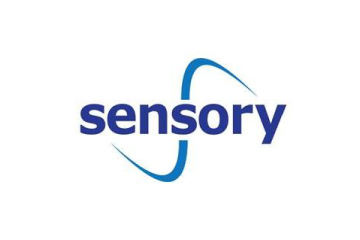
 The company offers comprehensive cloud-based solutions, such as Microsoft Dynamics 365, Gaming Consoles, Microsoft Advertising, Copilot, among other things, to help organisations offer enhanced CX and ROI. Its generative-AI-powered speech and voice recognition solutions,such as Cortana and Azure Speech Services empowers developers to build intelligent applications.
The company offers comprehensive cloud-based solutions, such as Microsoft Dynamics 365, Gaming Consoles, Microsoft Advertising, Copilot, among other things, to help organisations offer enhanced CX and ROI. Its generative-AI-powered speech and voice recognition solutions,such as Cortana and Azure Speech Services empowers developers to build intelligent applications. IBM is a global hybrid cloud and AI-powered
IBM is a global hybrid cloud and AI-powered  Uniphore is an enterprise-class, AI-native company that was incubated in 2008. Its enterprise-class multimodal AI and data platform unifies all elements of voice, video, text and data by leveraging Generative AI, Knowledge AI, Emotion AI and workflow automation. Some of its products include U-Self Serve, U-Assist, U-Capture, and U-Analyze. Its Q for Sale is a conversational intelligence software that guides revenue teams with AI-powered insights, offering clarity on how to effectively keep prospects engaged.
Uniphore is an enterprise-class, AI-native company that was incubated in 2008. Its enterprise-class multimodal AI and data platform unifies all elements of voice, video, text and data by leveraging Generative AI, Knowledge AI, Emotion AI and workflow automation. Some of its products include U-Self Serve, U-Assist, U-Capture, and U-Analyze. Its Q for Sale is a conversational intelligence software that guides revenue teams with AI-powered insights, offering clarity on how to effectively keep prospects engaged. Google Cloud accelerates every organisation’s ability to digitally transform its business. Its enterprise-grade solutions leverage modern technology to solve the most criticial business problems
Google Cloud accelerates every organisation’s ability to digitally transform its business. Its enterprise-grade solutions leverage modern technology to solve the most criticial business problems  8×8 offers out-of-the-box contact centre solutions, assisting all-size businesses to efficiently meet customer needs and preferences. It offers custom CRM integrations support and integrates effortlessly with third-party CRMs like Salesforce, Microsoft Dynamics, Zendesk, and more. Offering global support in all time zones & development teams in 5 continents, its patented geo-routing solution ensures consistent voice quality.
8×8 offers out-of-the-box contact centre solutions, assisting all-size businesses to efficiently meet customer needs and preferences. It offers custom CRM integrations support and integrates effortlessly with third-party CRMs like Salesforce, Microsoft Dynamics, Zendesk, and more. Offering global support in all time zones & development teams in 5 continents, its patented geo-routing solution ensures consistent voice quality. Sprinklr is a comprehensive enterprise software company for all customer-focused functions. With advanced AI, Sprinklr’s unified customer experience management (Unified-CXM) platform lets organisations offer human experiences to every customer, every time, across any modern channel.
Sprinklr is a comprehensive enterprise software company for all customer-focused functions. With advanced AI, Sprinklr’s unified customer experience management (Unified-CXM) platform lets organisations offer human experiences to every customer, every time, across any modern channel.


 Upland offers a comprehensive suite of contact centre and customer service solutions with products including InGenius, Panviva, Rant & Rave, and RightAnswers. InGenius enables organisations to connect their existing phone system with CRM, further enhancing agent productivity. Panviva provides compliant and omnichannel capabilities for highly regulated industries. Whereas, Rant & Rave, and RightAnswers are its AI-powered solutions,
Upland offers a comprehensive suite of contact centre and customer service solutions with products including InGenius, Panviva, Rant & Rave, and RightAnswers. InGenius enables organisations to connect their existing phone system with CRM, further enhancing agent productivity. Panviva provides compliant and omnichannel capabilities for highly regulated industries. Whereas, Rant & Rave, and RightAnswers are its AI-powered solutions, 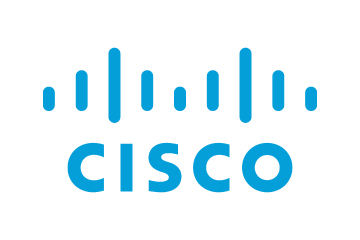

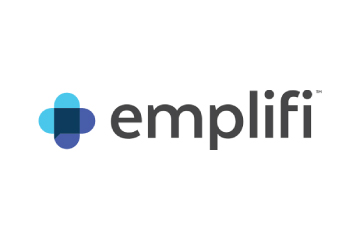
 Hootsuite, headquartered in Vancouver, is a social media management platform that streamlines the process of managing multiple social media accounts. Some of its core offerings include social media content planning and publishing, audience engagement tools, analytics and social advertising. Its easy-to-integrate capabilities help marketing teams to schedule and publish social media posts efficiently.
Hootsuite, headquartered in Vancouver, is a social media management platform that streamlines the process of managing multiple social media accounts. Some of its core offerings include social media content planning and publishing, audience engagement tools, analytics and social advertising. Its easy-to-integrate capabilities help marketing teams to schedule and publish social media posts efficiently.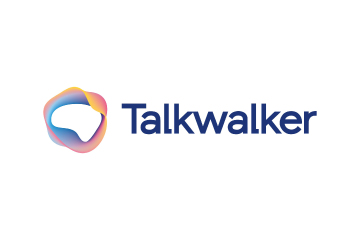
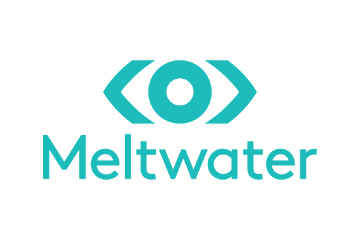
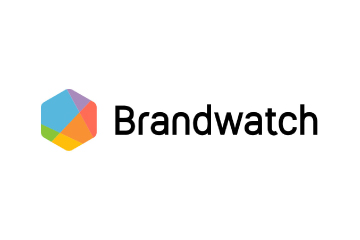 Brandwatch enables businesses to build and scale the optimal strategy for their clients with intuitive, use-case-focused tools that are easy and quick to master. Bringing together consumer intelligence and social media management, the company helps its users react to the trends that matter, collaborate on data-driven content, shield the brand from threats and manage all the social media channels at scale.
Brandwatch enables businesses to build and scale the optimal strategy for their clients with intuitive, use-case-focused tools that are easy and quick to master. Bringing together consumer intelligence and social media management, the company helps its users react to the trends that matter, collaborate on data-driven content, shield the brand from threats and manage all the social media channels at scale.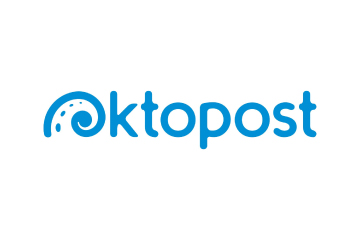

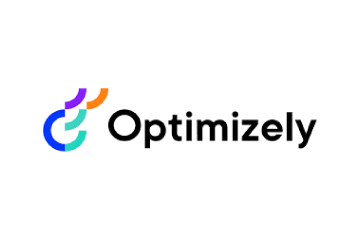
 Adobe Experience Cloud offers a comprehensive set of applications, capabilities, and services specifically designed to address day-to-day requirement for personalised customer experiences at scale. Its platform helps play an essential role in managing different digital content or assets to improve customer happiness. Its easy-to-optimise content gives users appropriate marketing streams, ensuring product awareness.
Adobe Experience Cloud offers a comprehensive set of applications, capabilities, and services specifically designed to address day-to-day requirement for personalised customer experiences at scale. Its platform helps play an essential role in managing different digital content or assets to improve customer happiness. Its easy-to-optimise content gives users appropriate marketing streams, ensuring product awareness.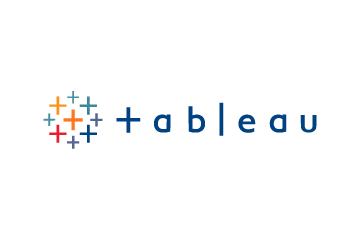 Salesforce-owned Tableau is an AI-powered analytics and business intelligence platform, offering the breadth and depth of capabilities that serve the requirements of global enterprises in a seamless, integrated experience. Marketers can utilise generative AI models, AI-powered predictions, natural language querying, and recommendationsons.
Salesforce-owned Tableau is an AI-powered analytics and business intelligence platform, offering the breadth and depth of capabilities that serve the requirements of global enterprises in a seamless, integrated experience. Marketers can utilise generative AI models, AI-powered predictions, natural language querying, and recommendationsons.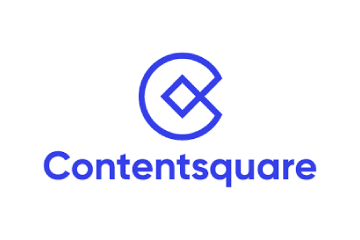 Contentsquare is a cloud-based digital experience analytics platform, helping brands track billions of digital interactions, and turn those digital
Contentsquare is a cloud-based digital experience analytics platform, helping brands track billions of digital interactions, and turn those digital 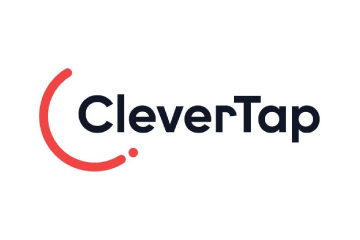
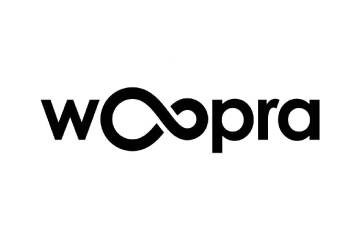
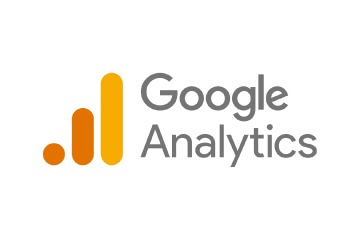
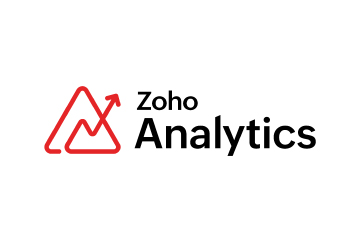 Zoho Corporation offers innovative and tailored software to help leaders grow their business. Zoho’s 55+ products aid sales and marketing, support and collaboration, finance, and recruitment requirements. Its customer analytics capabilities come with a conversational feature, Ask Zia. It enables users to ask questions and get insights in the form of reports and widgets in real-time.
Zoho Corporation offers innovative and tailored software to help leaders grow their business. Zoho’s 55+ products aid sales and marketing, support and collaboration, finance, and recruitment requirements. Its customer analytics capabilities come with a conversational feature, Ask Zia. It enables users to ask questions and get insights in the form of reports and widgets in real-time. Fullstory is a behavioural data platform, helping C-suite leaders make informed decisions by injecting digital behavioural data into its analytics stack. Its patented technology uncovers the power of quality behavioural data at scale, transforming every digital visit into actionable insights. Enterprises can increase funnel conversion and identify their highest-value customers effortlessly.
Fullstory is a behavioural data platform, helping C-suite leaders make informed decisions by injecting digital behavioural data into its analytics stack. Its patented technology uncovers the power of quality behavioural data at scale, transforming every digital visit into actionable insights. Enterprises can increase funnel conversion and identify their highest-value customers effortlessly.
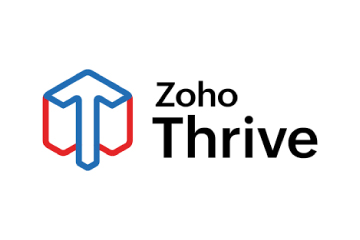
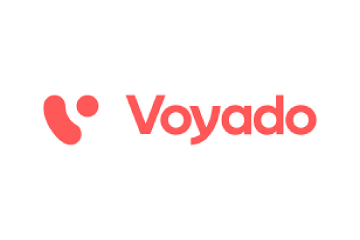 Started in 2005 in a Sweden-based small town, Norrköping, Voyado offers a customer experience cloud platform that includes a customer loyalty management system. This platform helps businesses design and implement customer loyalty programs, track customer
Started in 2005 in a Sweden-based small town, Norrköping, Voyado offers a customer experience cloud platform that includes a customer loyalty management system. This platform helps businesses design and implement customer loyalty programs, track customer 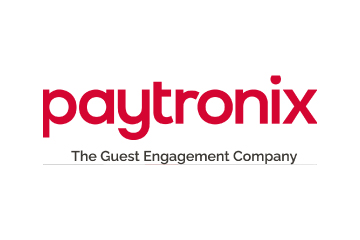
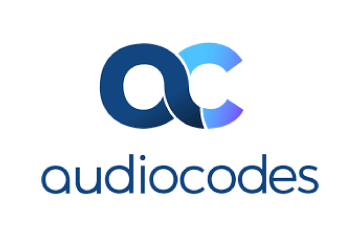


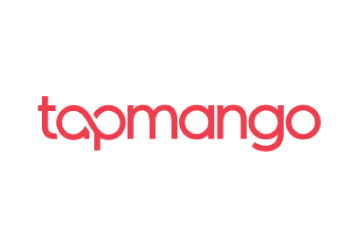 TapMango provides a comprehensive, customisable, flexible and feature-rich customer loyalty program. The loyalty tools include an integrated suite of customised consumer-facing technology, easy-to-use merchant tools, and automation algorithms, all aimed at enhancing customer experience. Adaptable to any industry, TapMango’s platform helps merchants compete with larger chains, converting customer one-time purchases into profitable spending habits.
TapMango provides a comprehensive, customisable, flexible and feature-rich customer loyalty program. The loyalty tools include an integrated suite of customised consumer-facing technology, easy-to-use merchant tools, and automation algorithms, all aimed at enhancing customer experience. Adaptable to any industry, TapMango’s platform helps merchants compete with larger chains, converting customer one-time purchases into profitable spending habits.
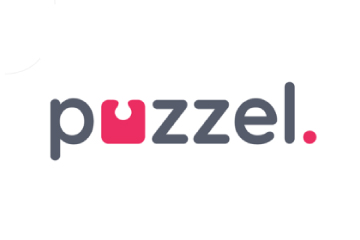
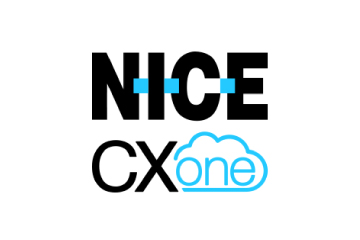
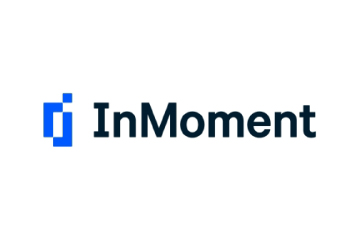

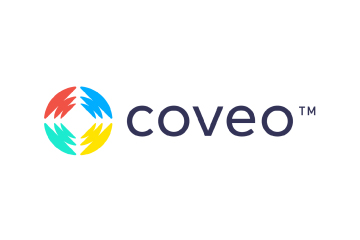
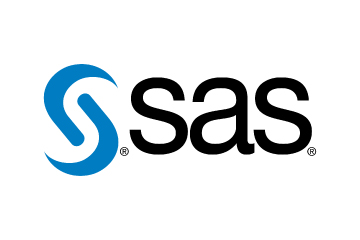
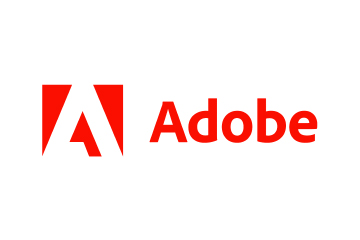 Adobe Experience Cloud offers a comprehensive set of applications, capabilities, and services specifically designed to address day-to-day requirements for personalised customer experiences at scale. Its innovative platform has played an essential role in managing different digital content or assets, to improve customer happiness or satisfaction. Some of its products include Adobe Gen Studio, Experience Manager Sites, Real-time CDP, and Marketo Engage.
Adobe Experience Cloud offers a comprehensive set of applications, capabilities, and services specifically designed to address day-to-day requirements for personalised customer experiences at scale. Its innovative platform has played an essential role in managing different digital content or assets, to improve customer happiness or satisfaction. Some of its products include Adobe Gen Studio, Experience Manager Sites, Real-time CDP, and Marketo Engage.

